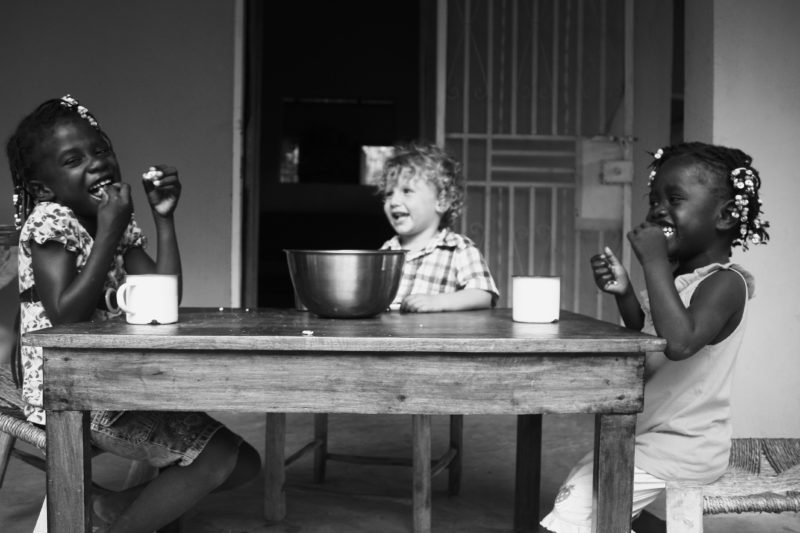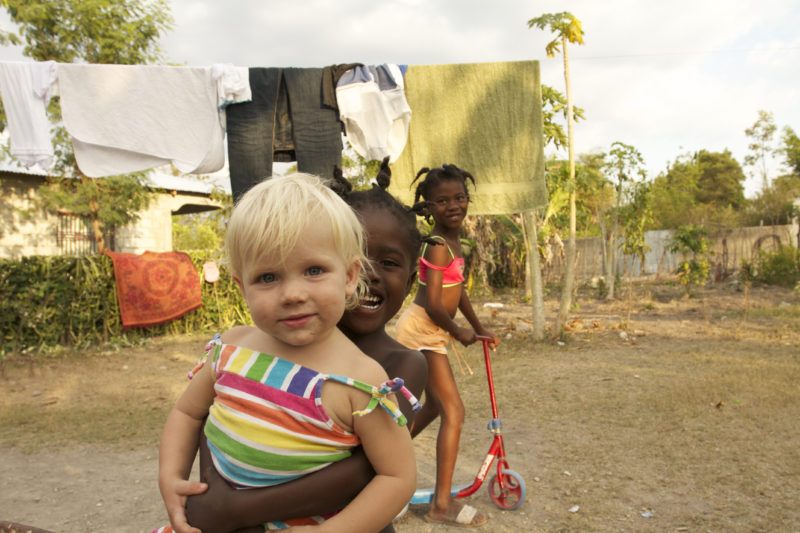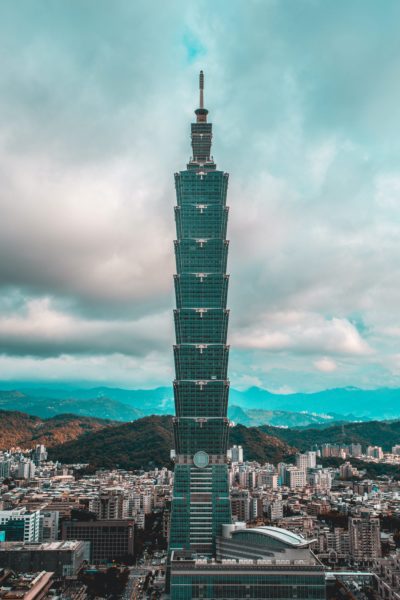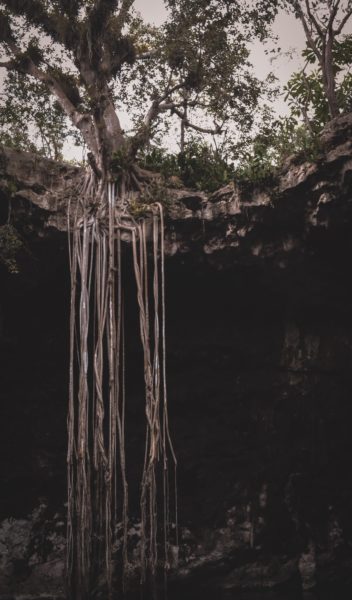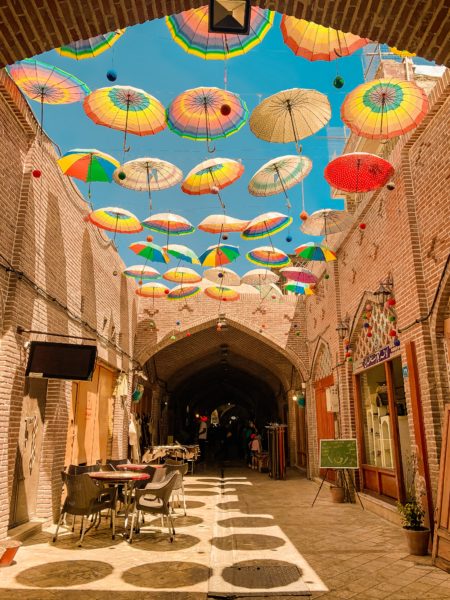The sticky intermediate language trap
I am a Chinese and Portuguese language learner, which is one of the great joys of my life. I’m currently somewhere at the lower intermediate level in Chinese. I’m studying around HSK 4 level material (old level), although since my tutors are Taiwanese my curriculum doesn’t match the mainland’s well. I love Chinese study, and typically spend at least an hour a day at it. But I also find -as most language learners do- that the intermediate language level has some challenges. I want to talk about those in the context of Chinese, and some advantages too:
- I sometimes have enough vocabulary to ask a question or tell a story, but not enough vocabulary to understand the response. It’s like playing ping pong, and I can hit the ball over the net, but sometimes I just stand there when the ball comes back.
- It’s difficult to see consistent improvement in your language ability. At the basic level, your language skills can improve significantly in a month. Those days are gone.
- Worse, your language ability can seem to fluctuate widely from day to day. I had a rough language class last summer. My teacher told something to the effect: “Sometimes you speak at the HSK 3 level or even higher. And sometimes it’s like you’re at the beginner level.” It was true, and I was struggling to understand it. I talked to me friend Kim in Applied Linguistics, who said that linguistic ability depends so much on context. Are you tired? Is it a topic that you’re not fully comfortable with? For some reason, are you and your tutor not having the best day? Your language level is not fixed but fluctuates, which we need to learn to accept.
- Yes, it helps if you’ve already learned another language. But that can also be a trap. I truly learned Portuguese living in an apartment in Brazil with my student roommates and their friends. My first four months living on my own in Brazil my language learning was painfully slow. But then in the next five -when I started living with my room-mates- my learning sky-rocketed, and felt nearly effortless. At this point, I’m not sure COVID-19 is going to allow me to travel to Taibei for my Taiwan Fellowship this fall. So I may have to continue learning Chinese outside of an immersion environment. Of course, that’s likely how most people in the world learn a language. So we need to keep learning strategies to stay motivated. But my main point is it’s not good to compare your ability or path in one language with another, which can be demotivating. In Portuguese my focus is currently on learning European vocabulary, slang and structures. But I want to stay with a standard south-eastern Brazilian dialect in my own speaking. These kinds of language choices are so far in the future with my Chinese that there is no point comparing the two languages. Don’t compare. What worked with one language won’t always translate to another one.
Of course there are some advantages at the intermediate level:
- With Chinese, it’s much easier to learn new characters, because most of them build on older characters. Oftentimes I can guess how to say an HSK 4 level word based on the characters, even if I have no idea of its meaning.
- I can begin to read stories. I’ve begun graded readers with “Journey to the West.” The first month trying to read was painfully difficult. Over the last few months it’s become dramatically easier. Even though my overall Chinese doesn’t improve in short periods, it’s possible to make major progress on sub-areas of your language ability in a time period that still feels meaningful. I’m not yet at a good enough level with my listening to follow Chinese-language podcasts, but I hope to reach that point in the next year or two. I feel that point -when you can really read and listen on your own- is when you start to make rapid progress.
- It’s possible to be more independent. I am beginning to think that I don’t need a teacher as much as a conversational partner. I can study textbooks, grammar and vocabulary on my own. What I need is someone who can help me to use what I’ve learned. I think that this takes some pressure off learning, because you can be more self-directed. Of course, for many people a more formal curriculum is motivating. I really needed that for my first few years studying Chinese. But I’m finding that I’m at the point that I don’t want to do any more homework with numbered exercises. I’d much rather discover a new grammar point while talking, and then go read about it on my own at the Chinese grammar wiki. This makes language learning more flexible and fun.
How do we as language learners deal with these challenges? I really respect Steve Kaufmann, a polyglot, who speaks Japanese, Chinese, Arabic and many other languages. One point that he makes is that it’s about spending time with the language, and not focusing on small victories or defeats. If you do, you’ll become dispirited. You won’t likely see much progress in the space of a month any more. But you will over a year. Kaufmann also argues that you need to vary your input method. If you keep focusing on just one approach -a tutor, a software platform, graded readers- you’ll burn out. I find this to have been really great advice, and try to consistently switch how I study, often more than once in a day. Lastly, Kaufmann says that you have to make language learning fun. Or you won’t do it. I actually think that’s the most important advice.
I always say the same thing about language learning. There are no short-cuts. You have to put in the time. Find a way that gives you joy; spend time with it regularly; and don’t take it too seriously. Just don’t give up.
For language nerds- -if you are interested in how people learn a language -and the language acquisition model that many polyglots follow- I recommend Matt in Japan’s channel. You can see a brief video about Matt’s learning journey and experience here.


